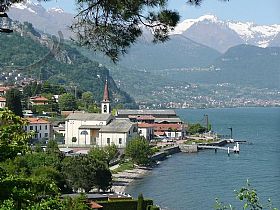Musso
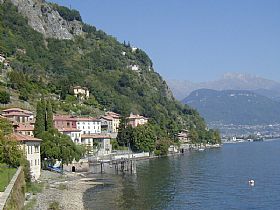
A delightful inlet of the western shore of Lake Como holds Musso, at the foot of a rocky spur called "Sasso di Musso". Ancient houses are lined up along both the sides of Via Regina and short typical porticoes face the lake, close to the piazza of the pier.
A taste of history
Musso's origins come from the white marble veins appearing on the surface if the "Sasso"; the high-quality white-green marble was largely used since the Roman Age. The village was indeed populated by quarrymen, while the remaining rural population was scattered along the villages set into the slopes nearby. The marble quarries of Musso do not work any more, but the famous Roman pillars of St Lorenzo in Milan as well as many pieces of lapidary of that time, come from Musso and are nowadays findable into many Lombard museums.
In ancient times Musso had a notable historical importance: Gian Giacomo Medici, alias Medeghino, (Duke of Marignano and Marquess of Musso and Lecco) was an Italian captain of fortune that took under his rule the whole Lake Como and nearby areas for ten years and appointed himself Count of the Three Parishes.
Medeghino enriched the pre-existing fortress up to the Sasso strengthening the building into three strategic points: lake-wards, on the cliff dropping to the lake – where it still is the Church of St Eufemia – and on the highest peak of the Sasso. In 1532 the Sforzas (ruling family of Renaissance Italy, based in Milan) drove Medeghino out of the town and the castle was destroyed except for the Church of St Eufemia. On April 27th 1945, the partisans stopped Benito Mussolini along with some of his ministers along the Strada Regina (which links Musso to the town of Dongo).
The monuments
The Church of St Biagio - previously entitled to the Saints Nazaro and Celso and become parish church in 1387 just modifying the dedication – preserves into the beautiful fourteenth-century edifice a semi-circular apsis, with late Romanesque hanging arches outside. In 1507 using some columns the building was divided into a central nave (covered with trusses) and two side aisles (covered with arches). The façade, with three round portals and two windows, is crowned by small arches and accommodates the decoration of the fake ashlar work. The latter was painted using bright colours as a reaction, according to the Counter-Reformation ideas, to the greyness of the heresy. The lunettes above the portals exhibit lovely frescoes, recently discovered, telling about a naive local legend. The churchyard is located on the right side with a small portico, local graves and coats of arms, a marble pool (maybe a christening font) and the isolated bell-tower, dated back to 1730.
The pretty Church of St Eufemia (1662), probably once dedicated to St Childerico, is a seventeenth-century building with portico and two pillars that boasts a panoramic, picturesque position. There is an old legend about this temple: St Eufemia was a pious woman coming from Sueglio, she was disliked by her fellow villagers and took refuge in Musso. She landed by "cutting" the lake waters with a saw, under the auspices of a bell dropped under the "Sasso di Musso". When she died the locals built a church in her honour whose door was turned towards Musso. During the night the inhabitants of Dongo walled the door to open a new one turned towards Dongo itself, but the following morning that door was punctually closed while the one turned towards Musso was open as if by magic. As a matter of fact the saint preferred that place, indeed. The inhabitants of Sueglio still come to Musso every year to celebrate St Eufemia.
The Blackbird Garden (Giardino del Merlo): the noble Giuseppe Manzi made a gorgeous garden rich in exotic plants, between 1858 and 1883, at the foot of the Church of St Eufemia. The garden is still visitable among bridges and paths, caves, galleries and water games.
Enjoy the comfort of a home rental in Lake Como.

 Amalfi Coast
Amalfi Coast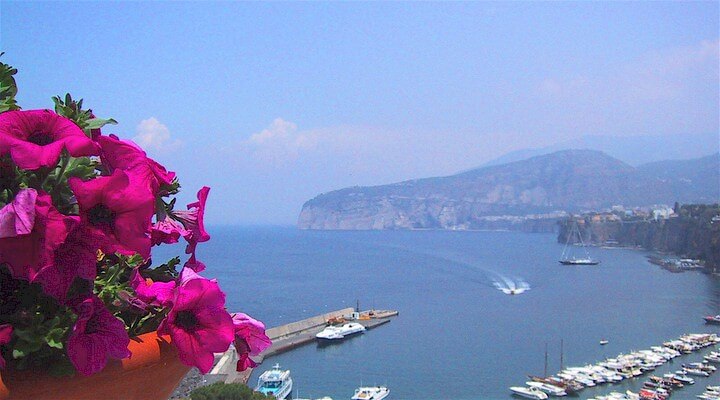 Sorrento Coast
Sorrento Coast Tuscany
Tuscany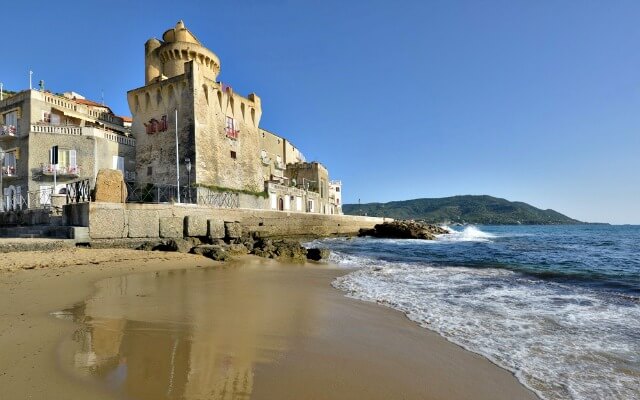 Cilento National Park
Cilento National Park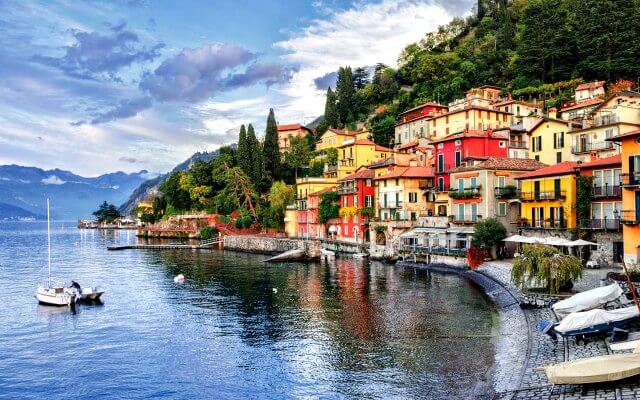 Lake Como
Lake Como Rome and Latium
Rome and Latium Umbria
Umbria Capri and Ischia
Capri and Ischia Venice
Venice Puglia (Apulia)
Puglia (Apulia)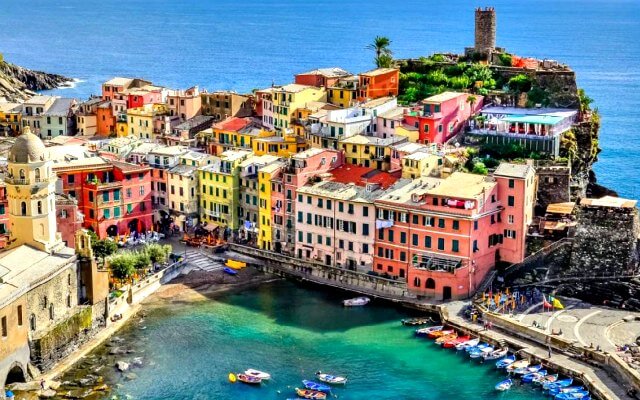 Liguria
Liguria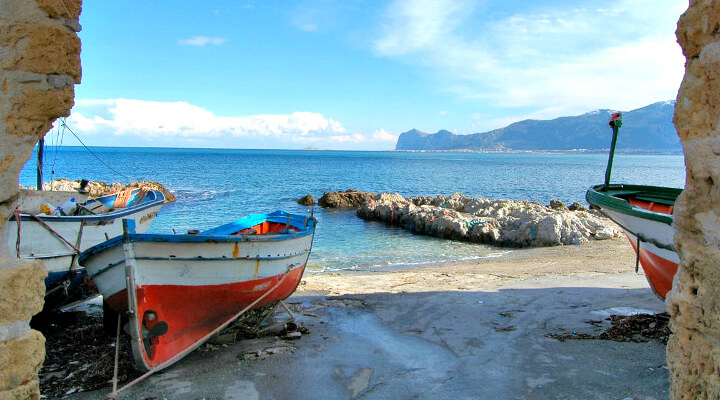 Sicily
Sicily Lake Maggiore
Lake Maggiore Lombardy
Lombardy Sardinia
Sardinia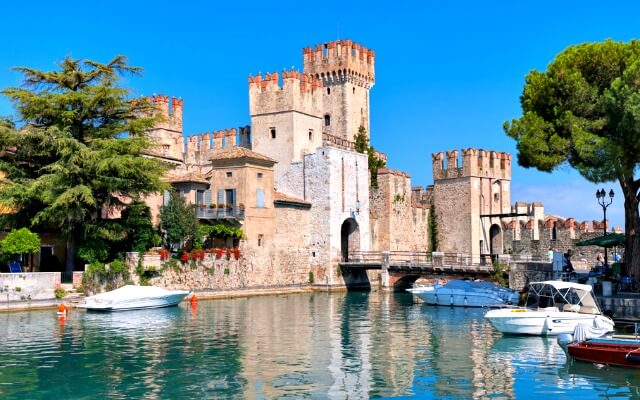 Lake Garda
Lake Garda Abruzzo and Marche
Abruzzo and Marche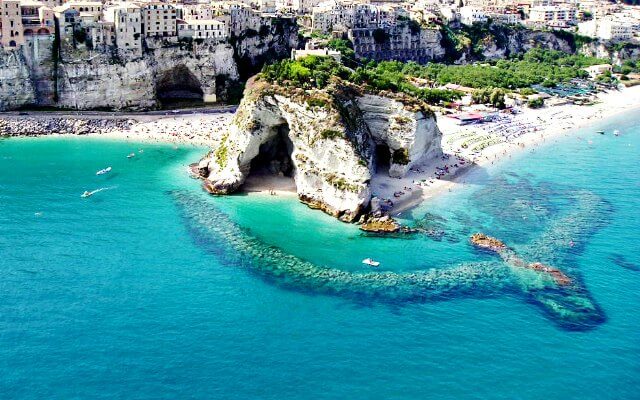 Calabria
Calabria
